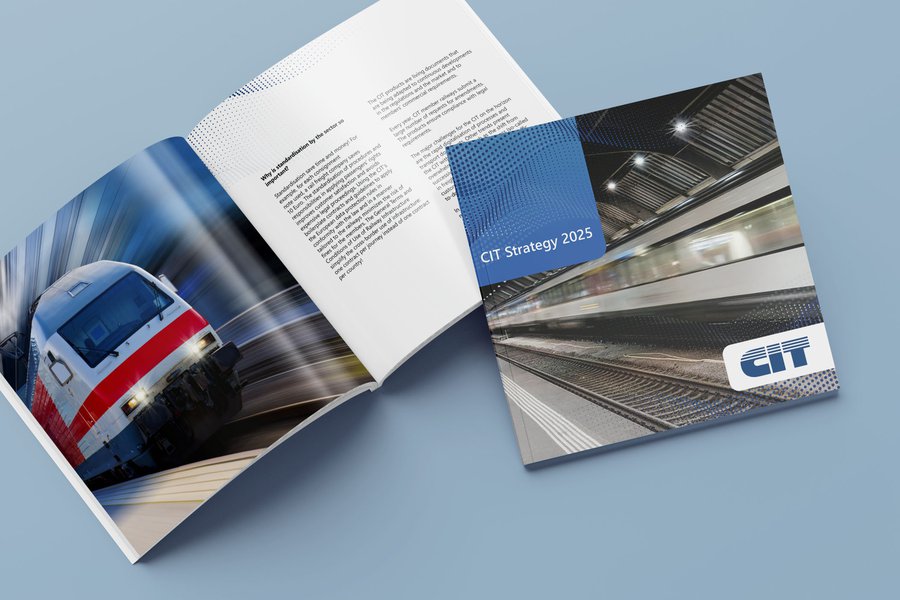The CIT’s tasks
CIT helps railway undertakings implement international transport law, standardising contractual relationships and creating legal certainty to save members money and support their business.

CIT Strategy 2025
CIT Strategy 2025 [PDF]
How the work is organised
The annual General Assembly decides the strategic objectives, approves the budget and the annual accounts and elects the committees. The Executive Committee is the body which directs the operations and administration and oversees the Secretary General. The General Secretariat employs in-house lawyers, experts and administrative assistants.
The main working bodies of the CIT are the CIV Committee (passenger traffic), CIM Committee (freight traffic) and the CUI Committee (use of infrastructure). Working groups and experts groups prepare recommendations for approval by the committees.
Finances
Members of the CIT pay subscriptions to support the costs of the association in proportion to the volume of international passenger traffic (around € 24 per million passenger kilometres) and/or freight traffic (around € 7 per million net tonne kilometres) they move. The minimum annual subscription is approximately € 1 800. Each full member has one vote, independent of the level of his subscription.

Annual Report 2023
3 Editorial
5 About CIT
9 Transport law and transport policy
13 International passenger traffic
17 International freight traffic
21 Use of infrastructure
24 Internal Matters
26 Members
28 Balance sheet an Income Statement
30 Appendix to the Annual Accounts
Annual Report 2023 [PDF]
